Hair doesn’t stay the same forever—and honestly, that’s not a bad thing. Over the years, you might notice shifts in texture, thickness, or even how your hair holds a style. It’s not about your hair “getting worse,” it’s just changing. Hormones, age, and lifestyle all play a part, and it’s totally normal to need different products or routines than you did a few years ago.
The good news is, small adjustments can go a long way. Paying attention to how your hair evolves means you can tweak your cut, care, or styling habits in ways that keep things feeling current—without overhauling everything. Ahead, a breakdown of what tends to shift and a few smart ways to work with the hair you have right now.
Changes in Color
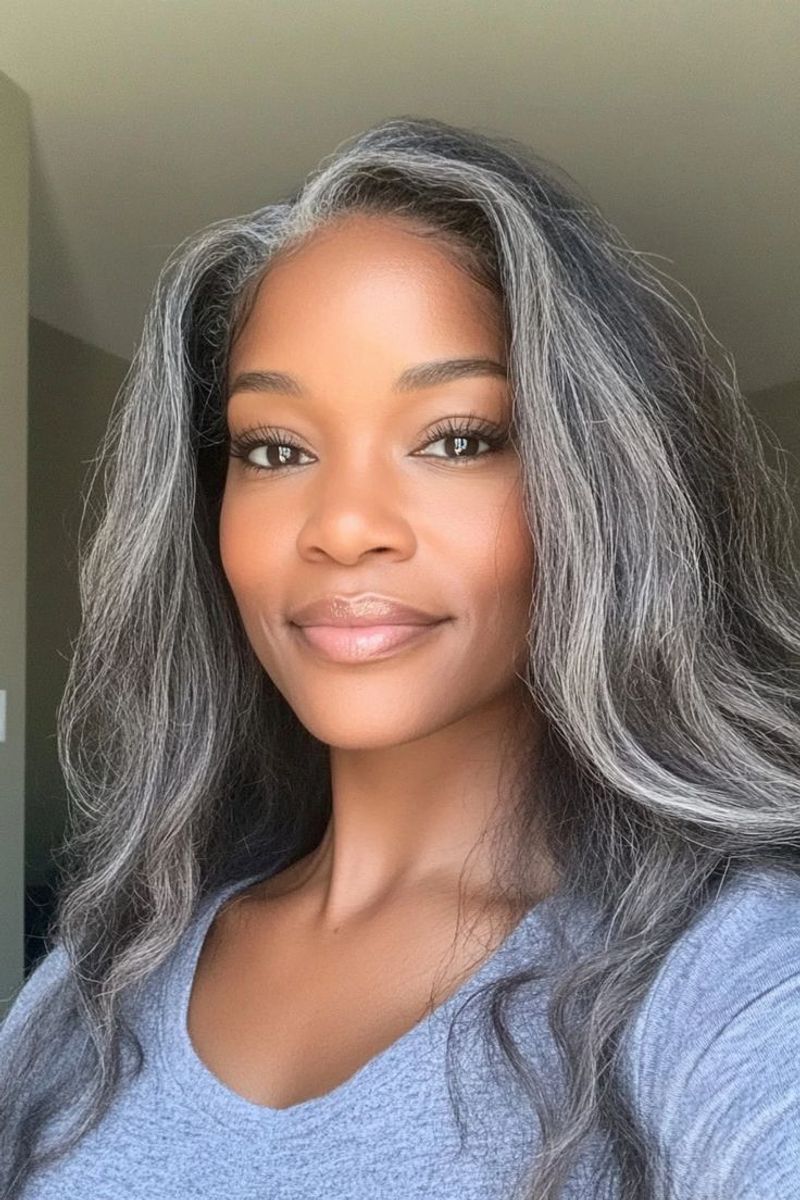
As time goes by, your hair naturally changes color, often turning gray or white. This transformation is due to the gradual decrease in melanin production, the pigment responsible for your hair’s original hue. Gray hair can be embraced as a sign of wisdom and experience.
Some choose to highlight or color their hair to blend grays creatively. Whether you embrace your natural silver strands or opt for a new shade, remember that each gray hair tells a unique story of your life’s journey.
Texture Transformation
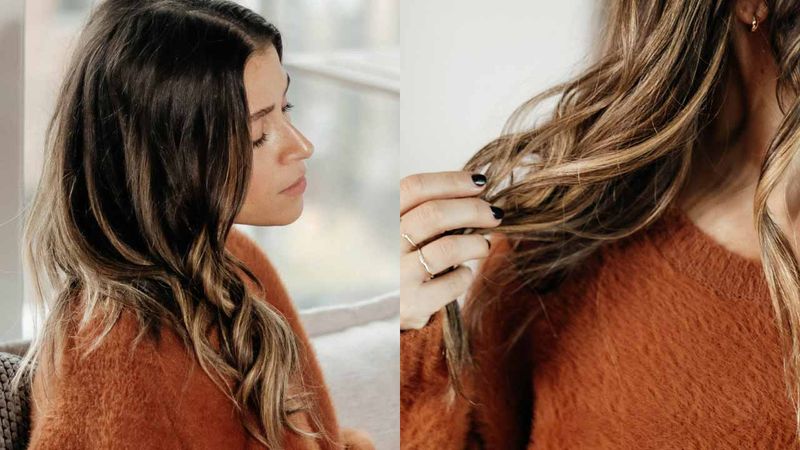
Over time, hair texture can shift from curly to wavy, or from silky to coarse. This can be attributed to hormonal changes, aging, and even stress.
The texture change may require you to adapt your hair care routine to suit its new behavior. Using products tailored to your current hair texture helps in maintaining its health and appearance.
Thinning Hair
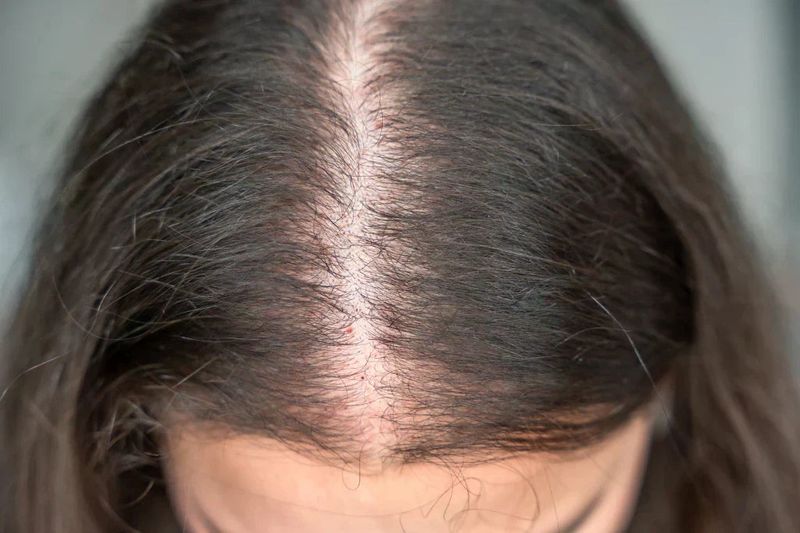
Hair thinning is a common part of the aging process, affecting both men and women. It can be caused by genetics, hormonal changes, and lifestyle factors.
While some embrace this change, others seek treatments to maintain volume. Various products and strategies, including thickening shampoos and hair transplants, can help in managing thinning hair.
Scalp Health Changes
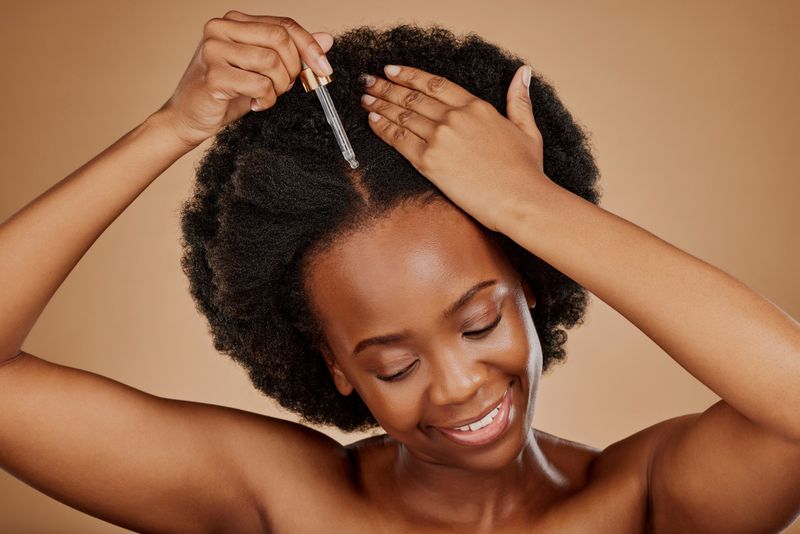
Scalp health can decline with age, affecting hair growth and quality. Conditions like dandruff or dryness may become more prevalent, requiring specific care.
Regular scalp massages and the use of targeted treatments can improve scalp circulation and health. A well-nourished scalp promotes stronger hair growth.
Increased Breakage

With age, hair may become more prone to breakage. This could be due to environmental exposure, styling habits, or nutritional deficiencies.
To minimize breakage, consider incorporating nourishing hair masks and gentle handling practices into your routine. Ensuring a balanced diet rich in vitamins can also fortify your hair structure.
Loss of Shine

Hair can lose its natural shine as its cuticle layer becomes rougher over time. Factors like pollution, UV exposure, and product buildup contribute to this dullness.
Using a clarifying shampoo occasionally and applying hair oils can restore shine. Regular trimming helps remove damaged ends, keeping hair looking vibrant.
Slower Growth Rate
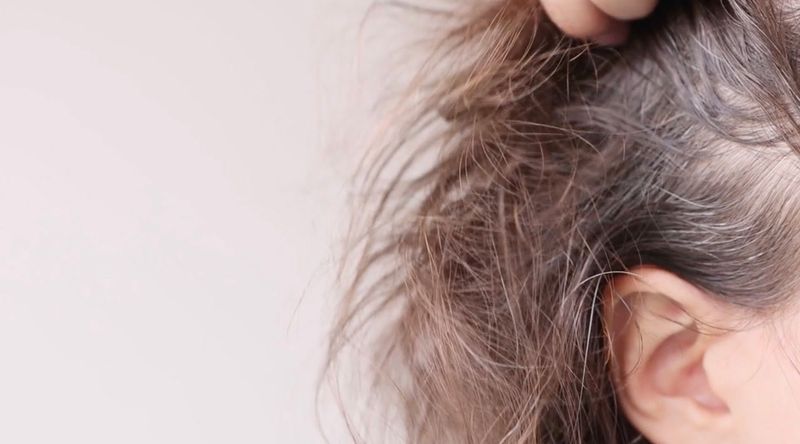
Hair growth tends to slow down as you age, often due to changes in the hair growth cycle. This natural process can be frustrating for those looking to grow longer hair.
Stimulating growth with scalp massages and maintaining a healthy diet can aid in keeping the growth rate optimal.
Change in Porosity
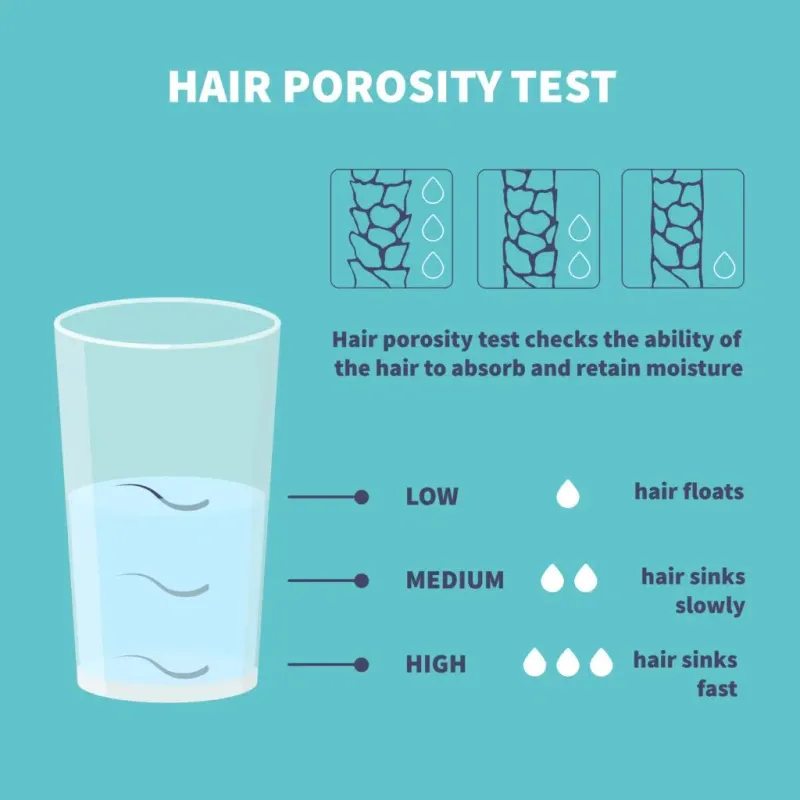
Hair porosity, which affects how moisture is absorbed, can change over time. High porosity hair absorbs moisture quickly but loses it just as fast, while low porosity hair retains moisture better.
Understanding your hair’s porosity helps in selecting suitable products and treatments to maintain its health and hydration level.
Altered Hairline
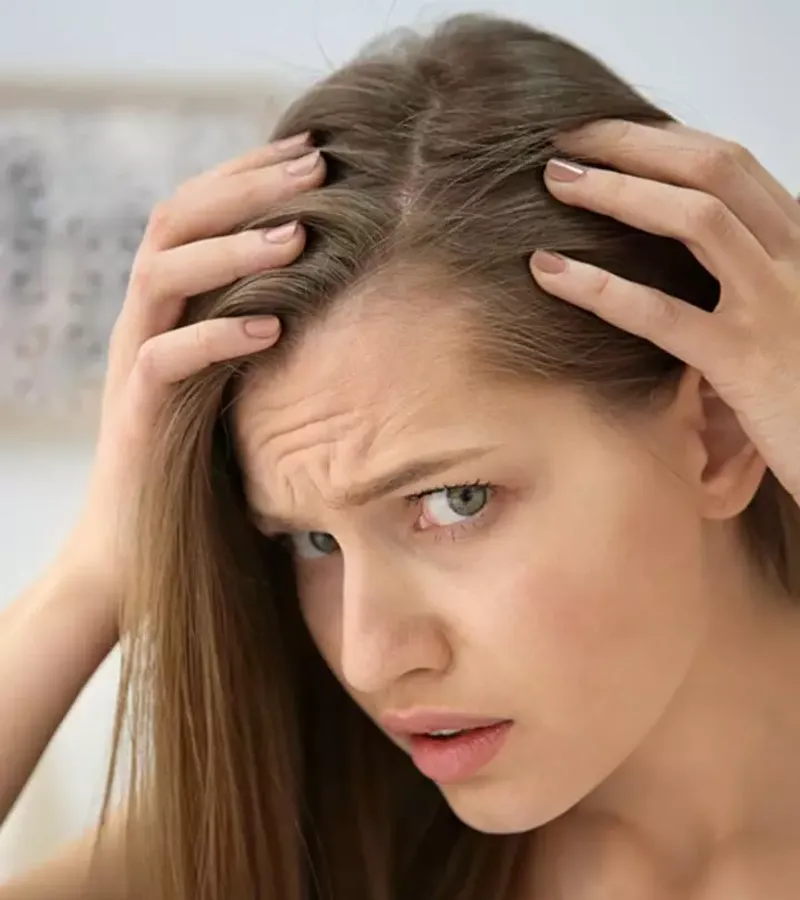
A receding hairline or changing hair pattern is common as people age. It may occur due to genetic factors or hormonal shifts.
Some people choose to embrace these changes, while others explore options like hairline restoration treatments. Consulting with a specialist can provide guidance tailored to your needs.
Brittle Hair
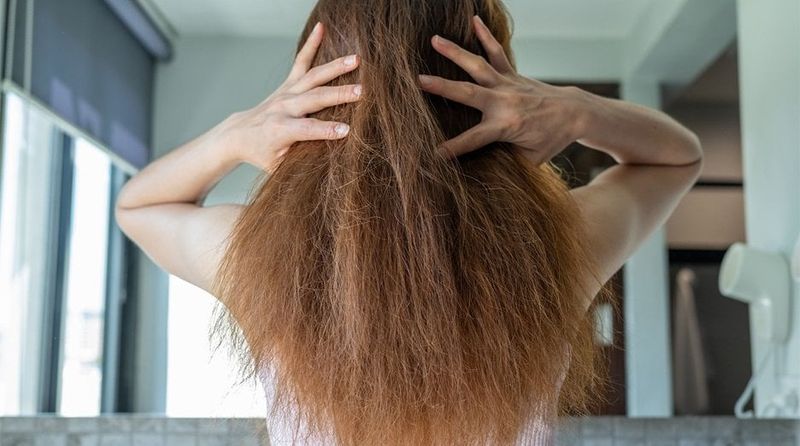
Hair may become brittle, losing its flexibility and strength with age. This condition often results from environmental stressors and inadequate hair care.
To combat brittleness, deep conditioning treatments and avoiding excessive heat styling can be beneficial. Keeping hair hydrated and protected is key to maintaining its resilience.
Hydrate and Nourish Regularly
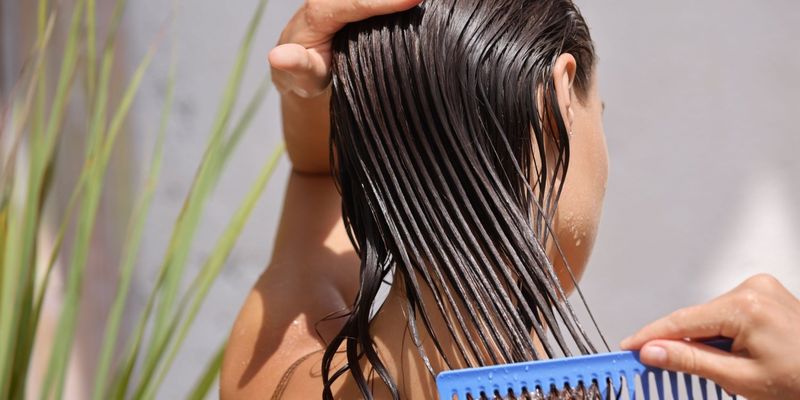
Keeping your hair moisturized is crucial for maintaining its health and appearance. Regularly using hydrating masks and oils can prevent dryness and brittleness.
Choosing products rich in natural ingredients like argan or coconut oil ensures that your hair receives the nourishment it needs. Consistent care can lead to softer, more manageable hair.
Protect from Sun Damage

UV rays can damage hair, leading to color fade and dryness. Protecting your hair from the sun is essential, especially if you spend extended periods outdoors.
Wearing hats or using UV protection sprays can shield your hair from harmful effects. This practice helps maintain its color and health over time.
Minimize Heat Styling

Frequent heat styling can weaken hair, causing split ends and breakage. Limiting the use of hot tools and embracing natural styles can preserve your hair’s strength.
When using heat, applying a protective spray can mitigate damage. Exploring heat-free styling options can also introduce a fun variety to your hair routine.
Adopt a Balanced Diet
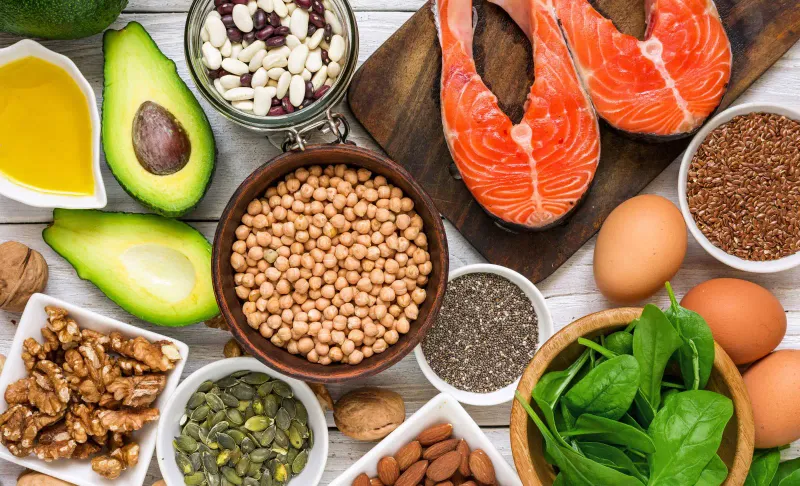
A nutritious diet supports hair health from the inside out. Incorporating foods rich in vitamins, minerals, and proteins can enhance hair growth and strength.
Omega-3 fatty acids, found in fish and nuts, contribute to shinier hair, while biotin-rich foods support overall hair vitality. A balanced diet complements your hair care regimen.
Regular Trimming
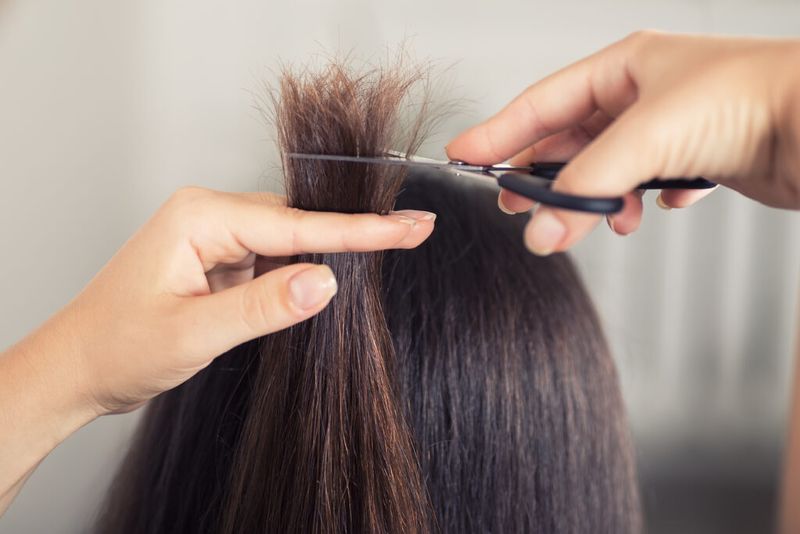
Regular trims prevent split ends and keep hair looking neat and healthy. Even when growing your hair, trimming every six to eight weeks ensures that damaged ends are removed.
This practice promotes overall hair health, giving it a fuller and more vibrant appearance. Trimming is a simple yet effective way to maintain your hair’s best condition.
Use Gentle Hair Products
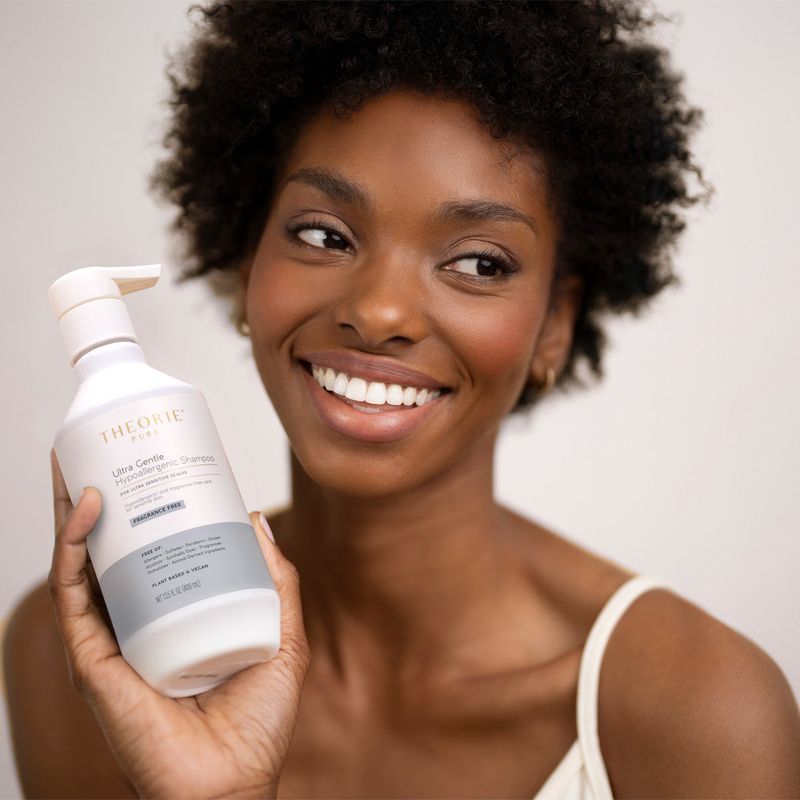
The products you use can significantly impact your hair’s condition. Opting for gentle, sulfate-free shampoos and conditioners can prevent unnecessary damage.
These products maintain your hair’s natural oils, reducing the risk of dryness and irritation. Investing in quality hair care ensures that your hair remains manageable and healthy.
Stress Management

Stress can adversely affect hair health, leading to hair loss and dullness. Managing stress through practices like yoga, meditation, or regular exercise supports both mental well-being and hair vitality.
Finding effective ways to relax and unwind benefits not just your hair, but your overall health, leading to a happier and more balanced life.
